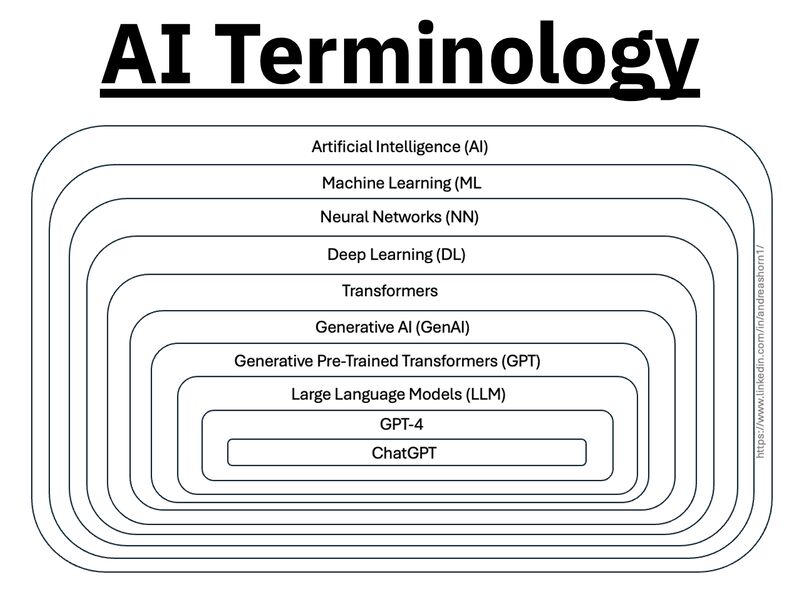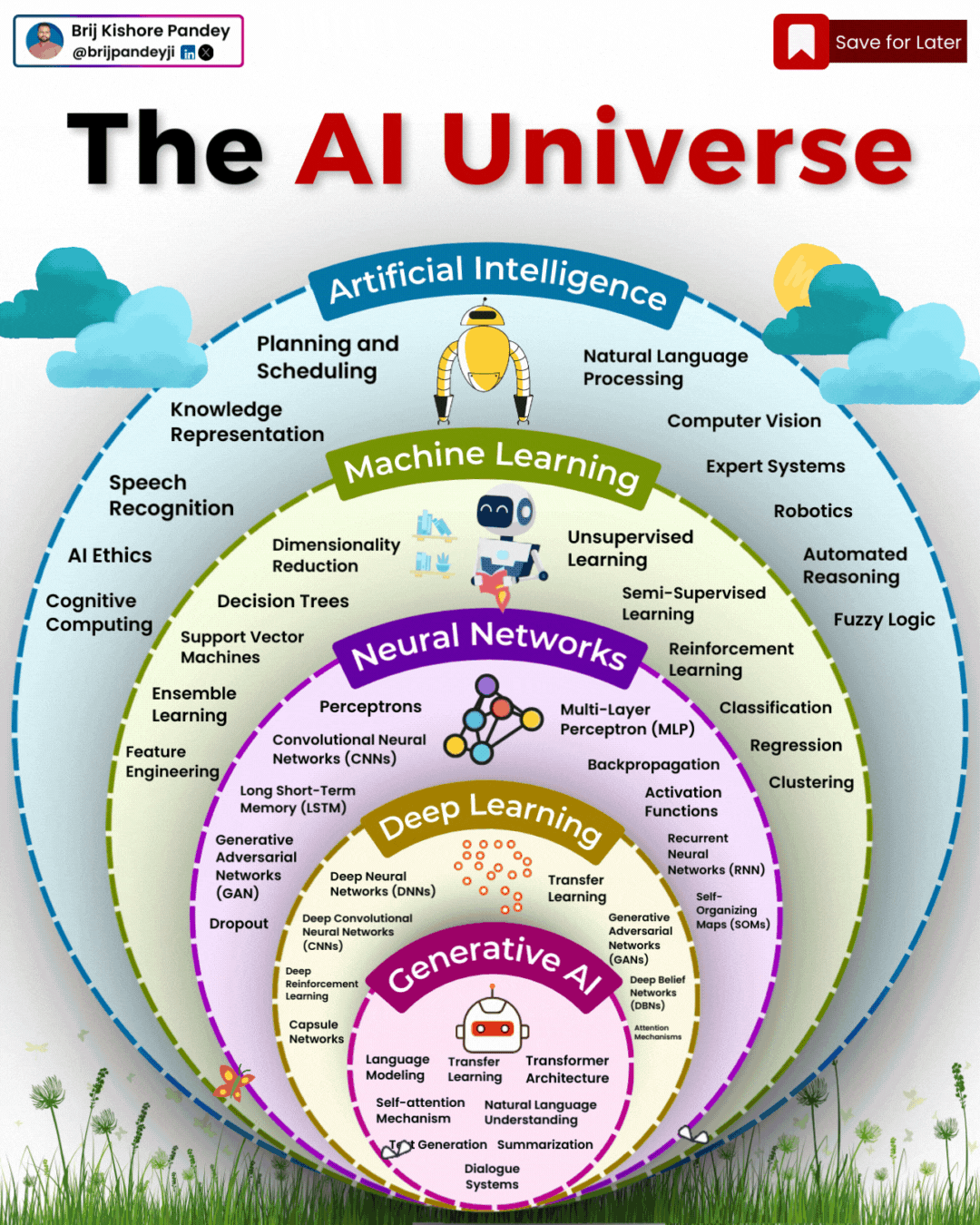BREAKING NEWS
LATEST POSTS
-
Daniel Parris – The Broken Economics of Streaming Services: A Stats Explainer
https://www.statsignificant.com/p/the-broken-economics-of-streaming
This report examines the financial instability in the streaming industry, focusing on the unsustainable economic models of platforms such as Paramount Plus.
Content Costs and Subscriber Retention
- Expenditure on Content: Streaming services invest heavily in content creation and acquisition to attract subscribers.
- Diminishing Returns: The escalating costs lead to diminishing returns as subscriber growth plateaus.
Competitive Landscape
- Continuous Production: High competition forces continuous, expensive content production to retain subscribers.
Future Projections
- Cable TV Model: The industry may shift towards models resembling traditional cable TV, incorporating advertising, subscription bundling, and higher prices to achieve financial sustainability.
NEWS TV NEWS
Hollywood’s Top TV Execs Are Happy About The Death Of Peak TV – Here’s Whyhttps://www.slashfilm.com/1593571/peak-tv-dead-hollywood-top-tv-execs-happy/
- Streaming services weren’t required to reveal their subscription numbers or actual viewership
- Shows just needed to look good on paper for investors and stockholders.
- Creators and actors soon learned they weren’t getting paid beyond an initial flat fee; royalties were now gone.
- 600 shows at once wasn’t good for anyone
- Thanks to the strikes, it all came crashing down
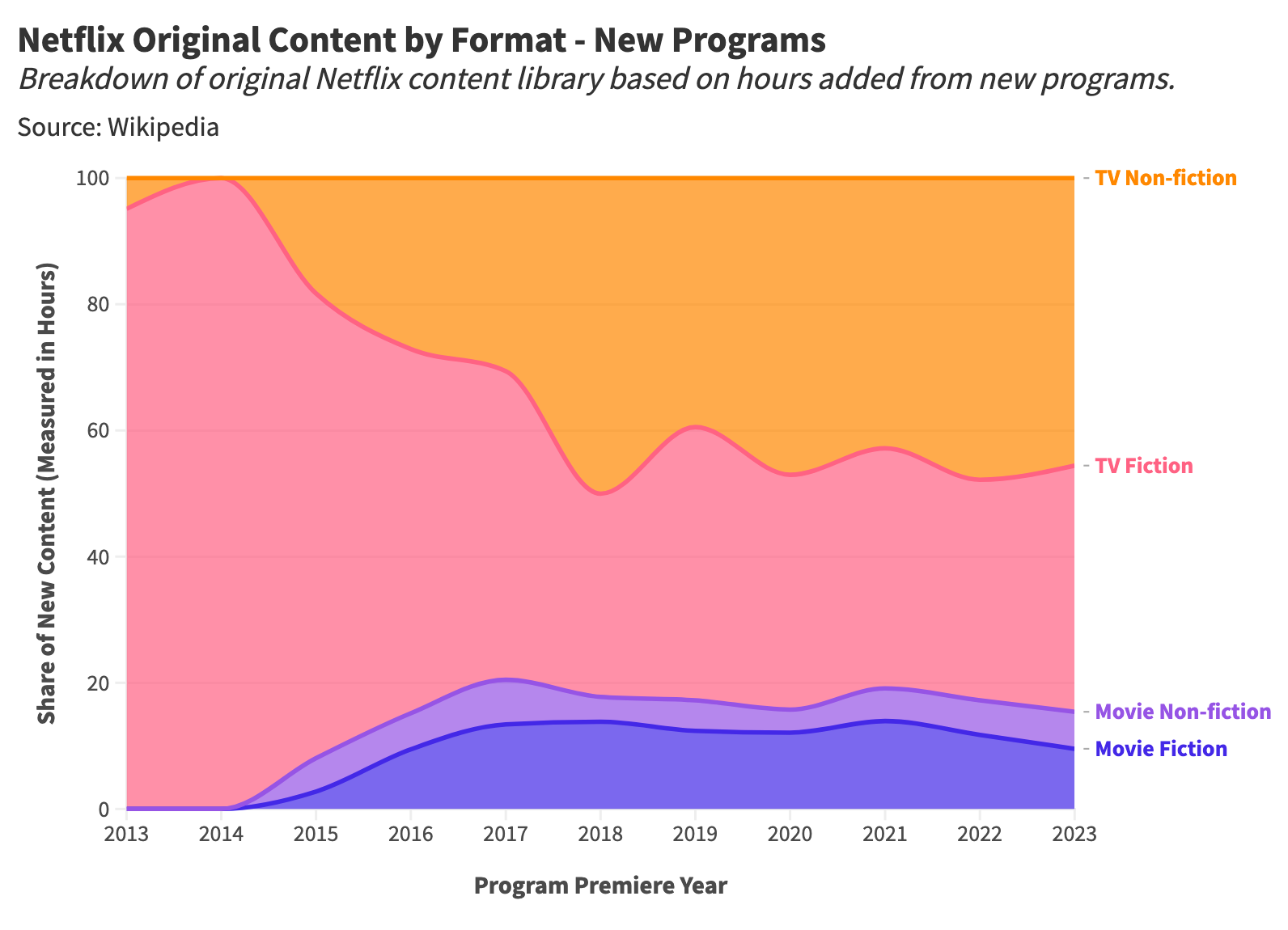
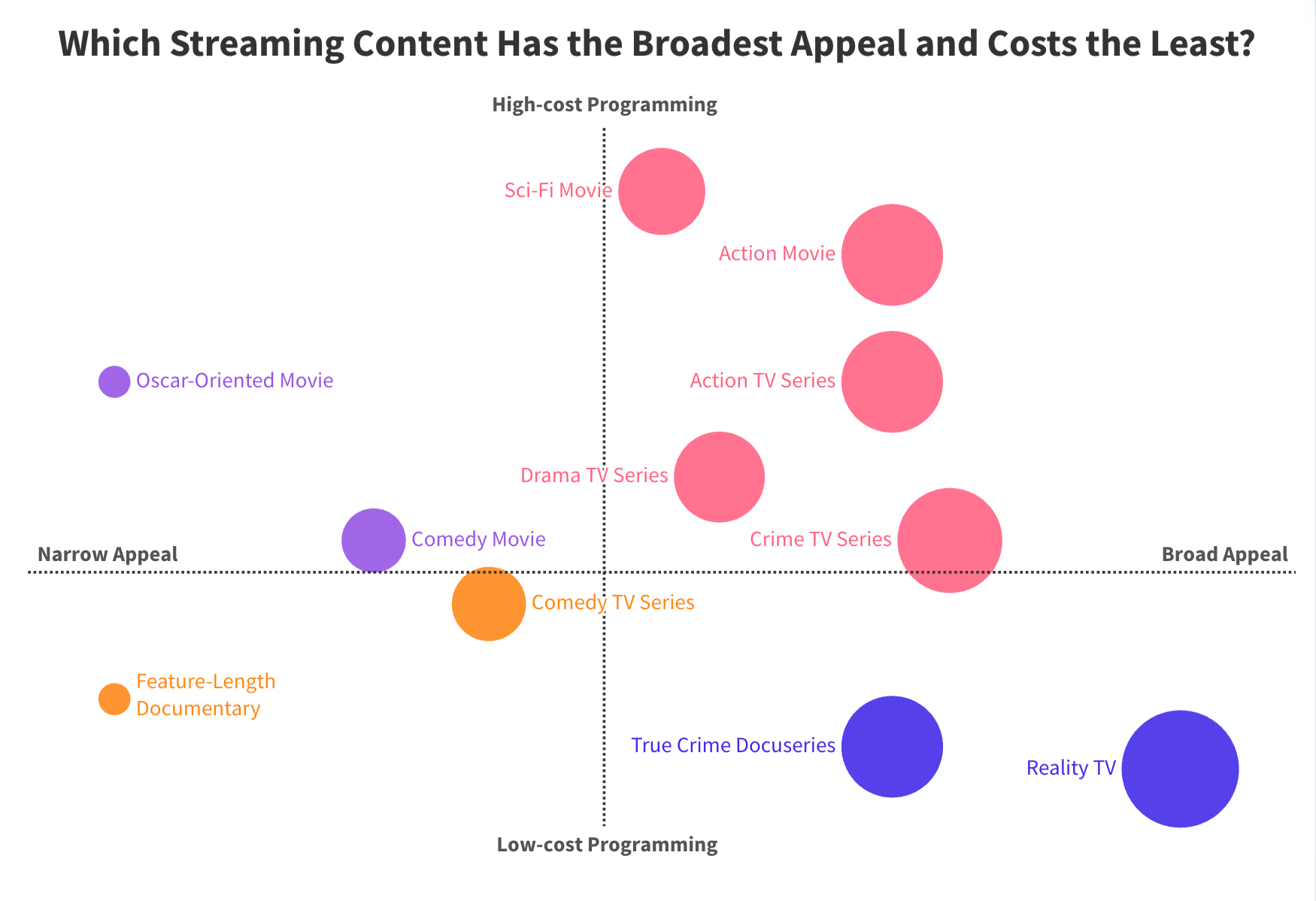

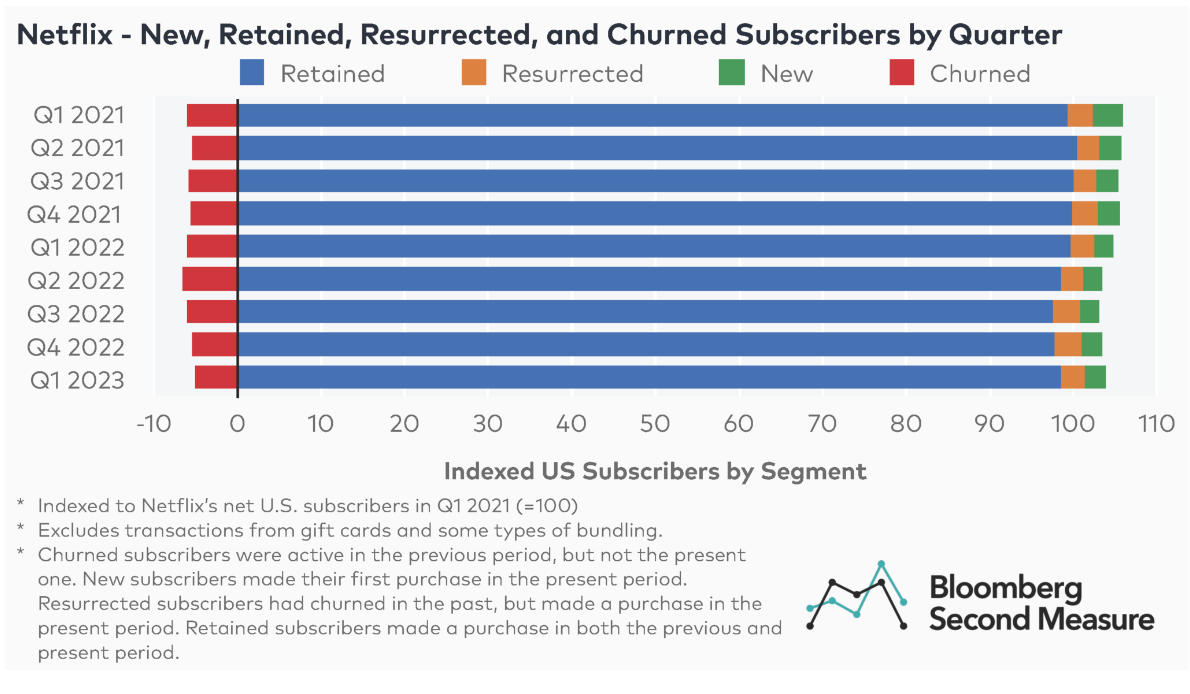
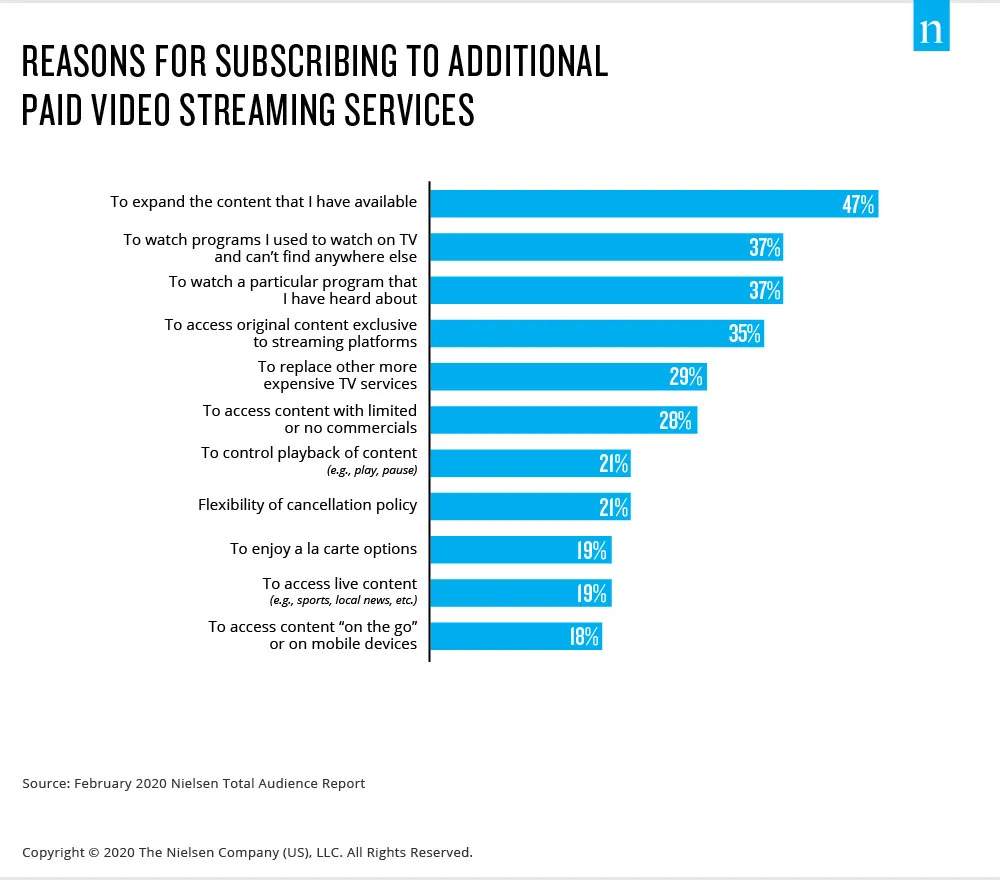
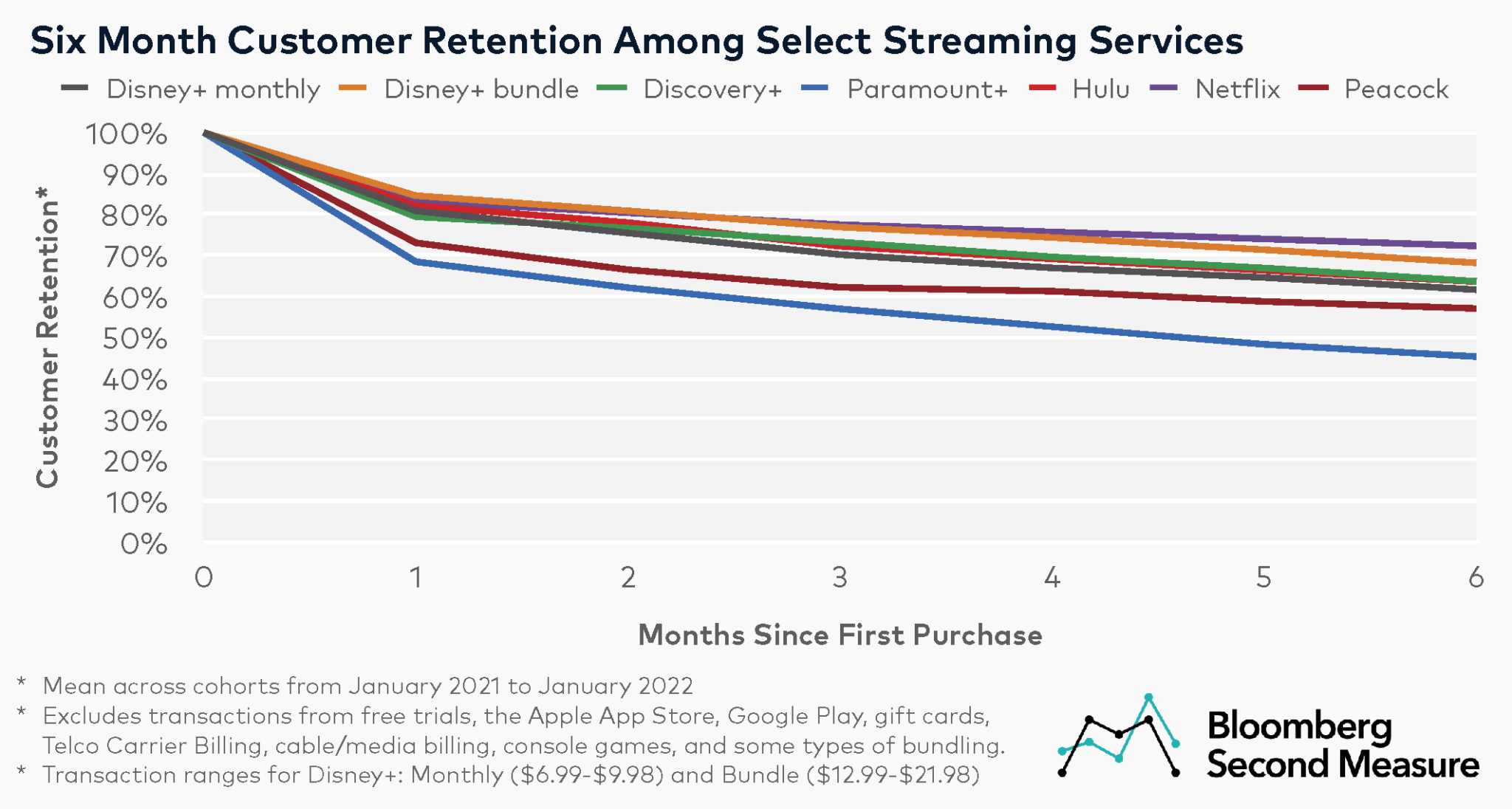
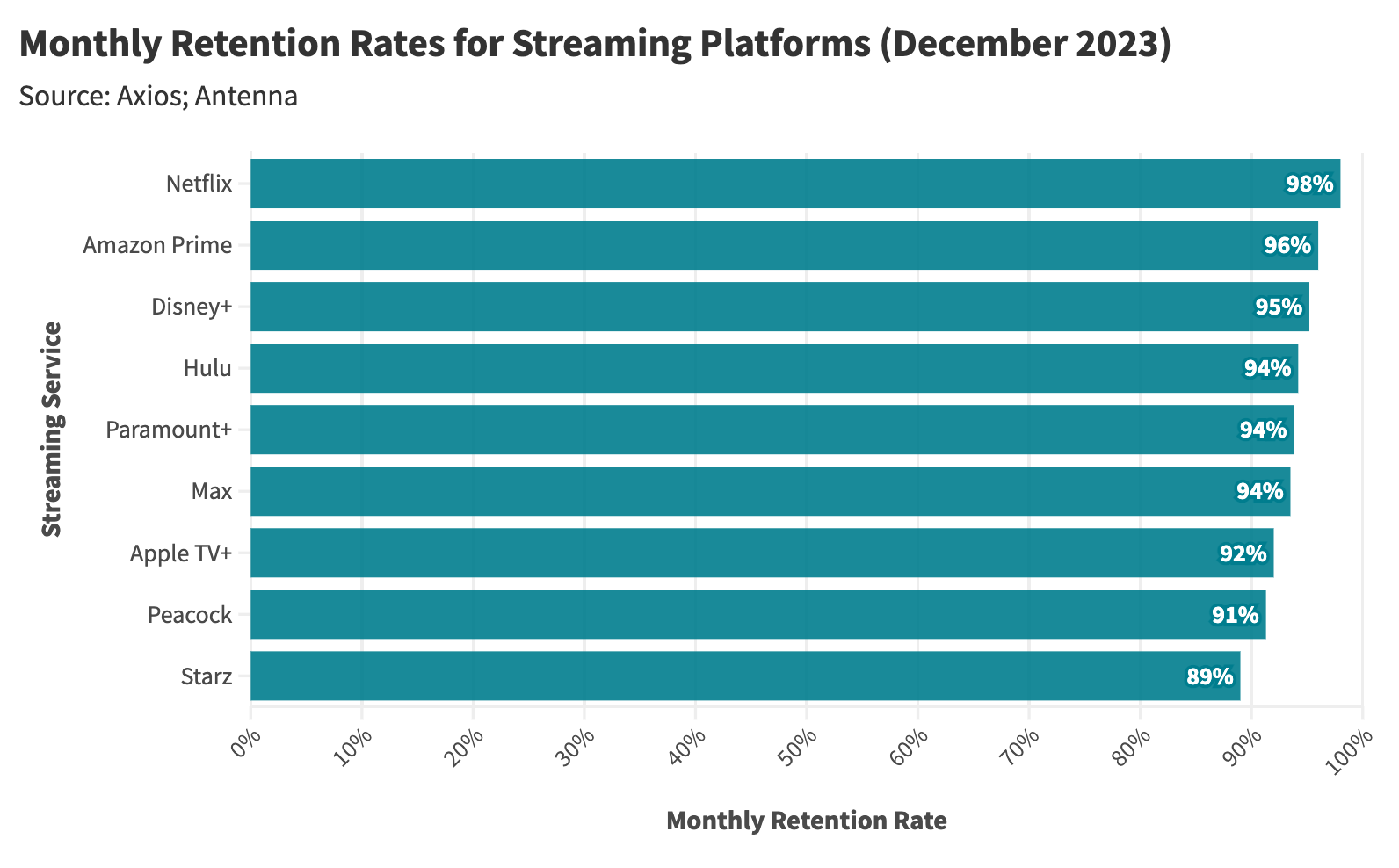
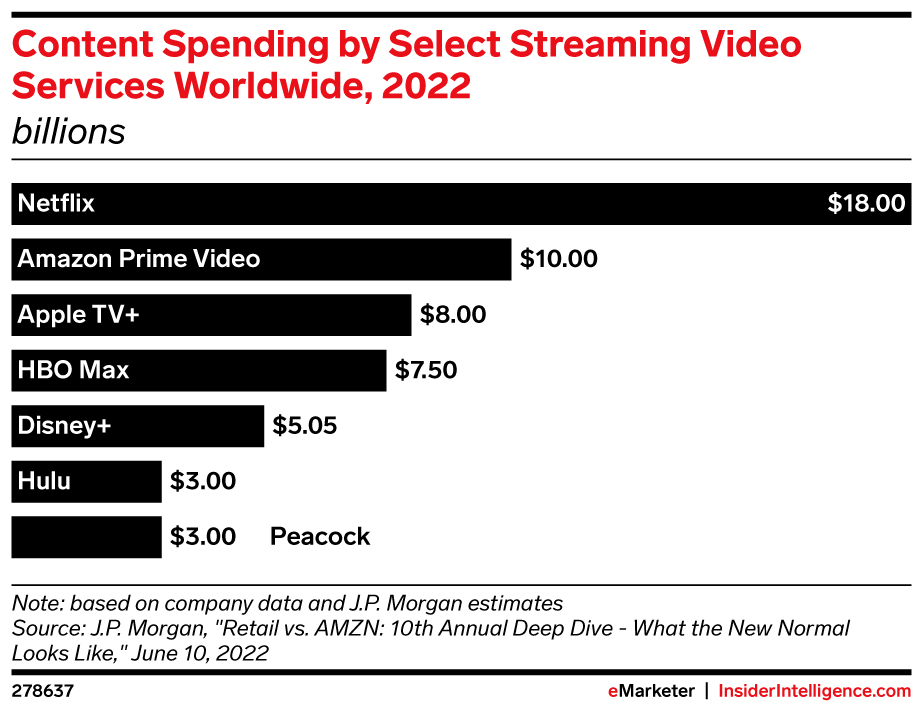
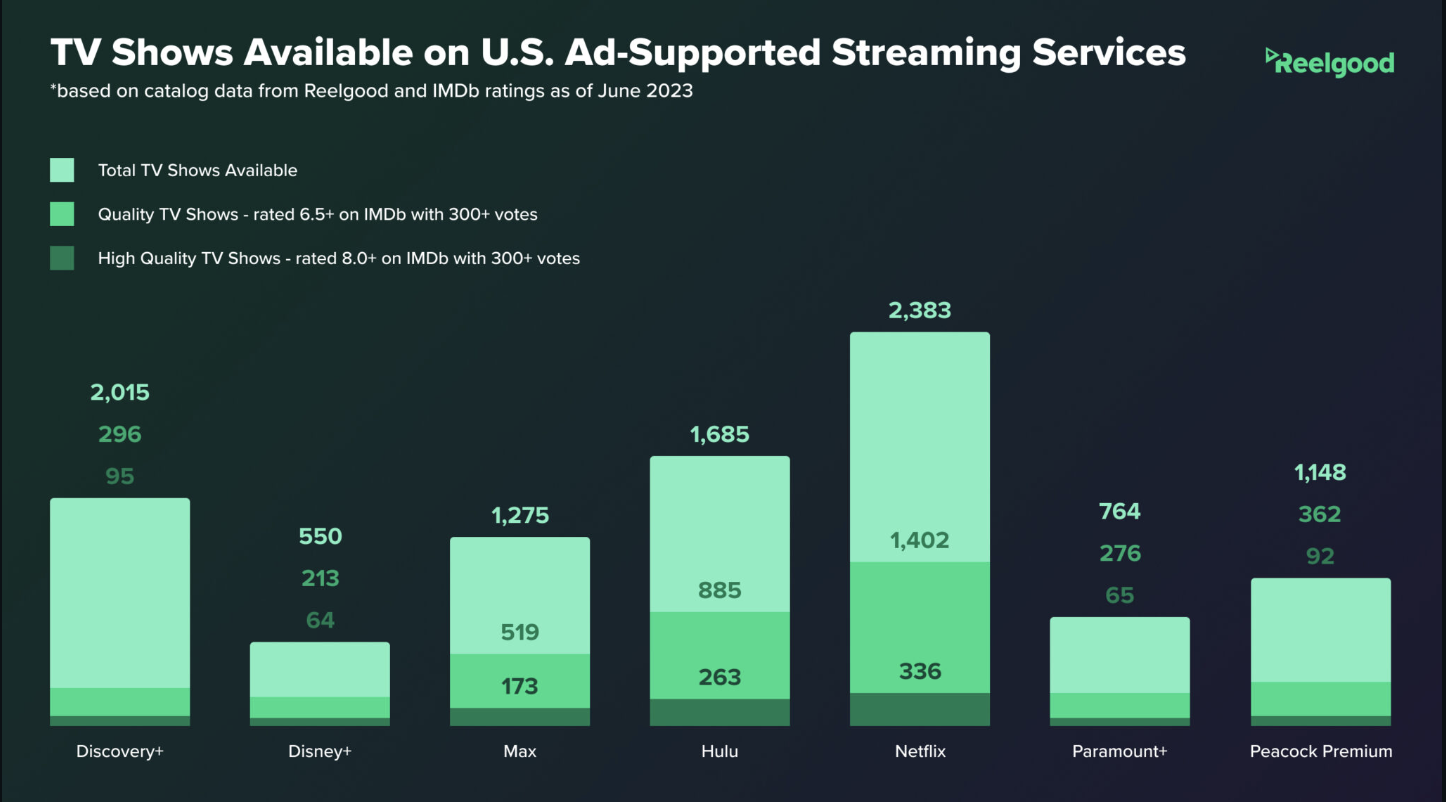
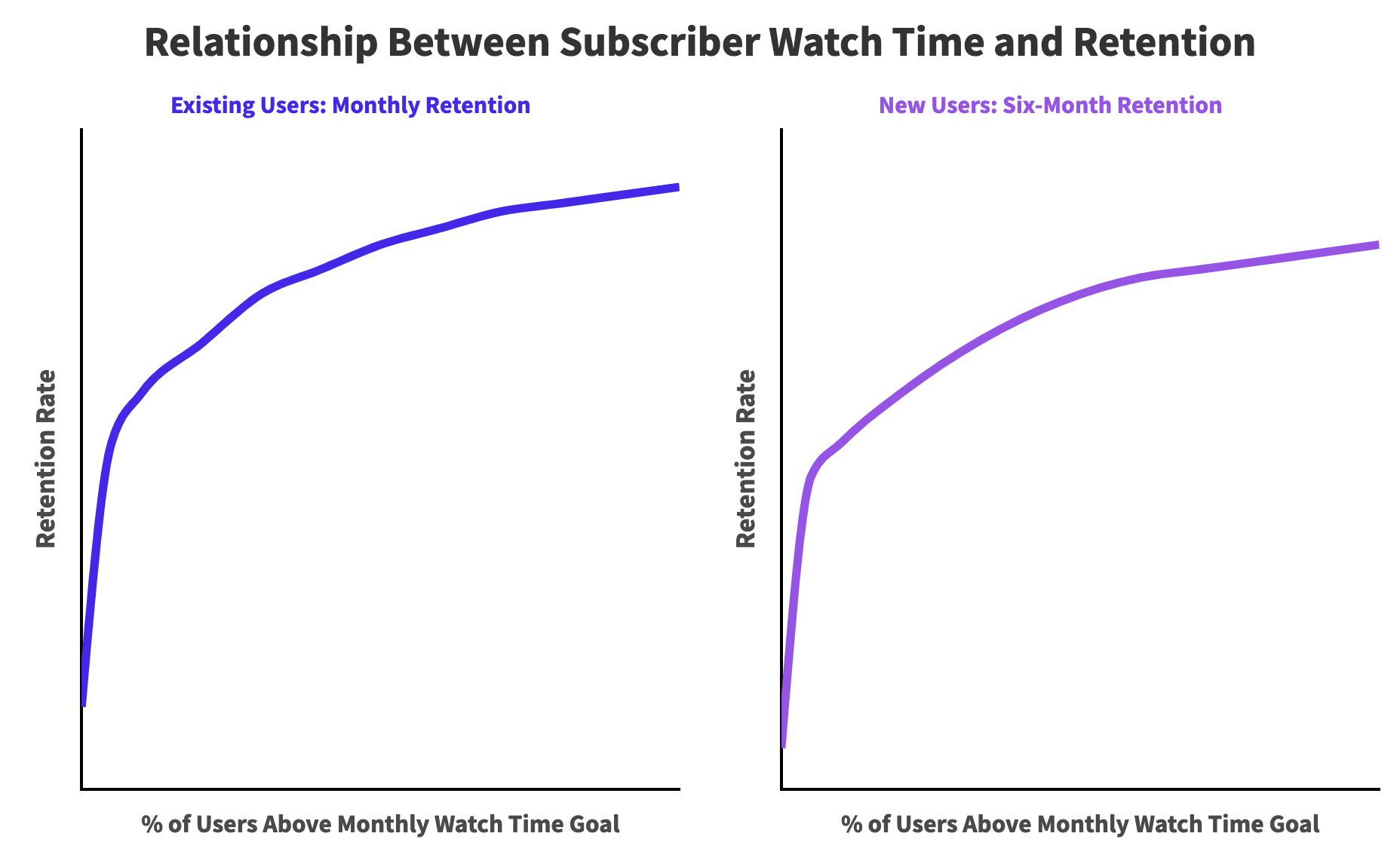
-
Sangeet Paul Choudary – AI won’t eat your job, but it will eat your salary
https://medium.com/@sanguit/ai-wont-eat-your-job-but-it-will-eat-your-salary-a810121d89e4
intelligence (AI) is likely to impact job salaries rather than eliminating jobs entirely. The primary argument is that AI will erode the skill premium traditionally commanded by high-skilled workers. This erosion happens through three key mechanisms:
- Skill Premium on Specialized Tasks: AI enables low-skilled workers to perform tasks at a level comparable to high-skilled workers, making skilled workers more substitutable and reducing their wage premium.
- Skill Premium on Learning Advantages: AI’s ability to continuously learn and improve from vast amounts of data threatens professions that rely on continuous learning and skill development. For example, in healthcare, AI can absorb and replicate the learning and expertise of doctors, diminishing their unique value.
- Skill Premium on Managerial Advantages: AI agents can take over managerial tasks like planning and resource allocation, which have traditionally required human intervention. As AI becomes more sophisticated, even complex managerial roles might lose their premium as AI performs these functions more efficiently.
These factors collectively lead to a commoditization of skills, reducing the relative advantage and salary premium of traditionally high-skilled and managerial roles. The article emphasizes that while AI may not replace jobs outright, it will significantly affect how jobs are valued and compensated.
-
-
John Cutler – The production Failure Threshold (for Start Ups)
https://cutlefish.substack.com/p/tbm-290-the-dependency-threshold
There’s a point beyond which no individual, no team, and no company can solve the dependency and constraint puzzle using brute-force methods.
Imagine a company where 10% of the work involves multiple teams, touches different codebases, requires careful coordination, and requires frequent meetings that span organizational boundaries and challenge local incentives. This situation might still be feasible.
Now imagine that this percentage is more like 25%. Very quickly, the constraint satisfaction problem becomes an order of magnitude more complex.
What might a heuristic approach look like in product development?
- Reducing work-in-progress limits
- Force ranking priorities
- Weighted-shortest-job-first
There (is) a chance that teams will miss an opportunity to find an optimal solution? Yes. But the probability of that happening is far outweighed by the likelihood that 1) bad things will NOT happen, and 2) good things may emerge.
The trouble, I believe, is that it can be incredibly hard for managers to make the case for, on the surface, doing less. Discussions about WIP limits and prioritization often devolve into debates over the actual WIP limit and precise estimates! Instead of seeing the forest through the trees, we obsess about finding the optimal answer.
FEATURED POSTS
-
Adobe scolded for selling ‘Ansel Adams-style’ images generated by AI
https://www.theverge.com/2024/6/3/24170285/adobe-stock-ansel-adams-style-ai-generated-images
Adobe responded to the callout, saying it had removed the offending content and had privately messaged the Adams estate to get in touch directly in the future. The Adams estate, however, said it had contacted Adobe directly multiple times since August 2023.
“Assuming you want to be taken seriously re: your purported commitment to ethical, responsible AI, while demonstrating respect for the creative community, we invite you to become proactive about complaints like ours, & to stop putting the onus on individual artists/artists’ estates to continuously police our IP on your platform, on your terms,” said the Adams estate on Threads. “It’s past time to stop wasting resources that don’t belong to you.”
-
GretagMacbeth Color Checker Numeric Values and Middle Gray
The human eye perceives half scene brightness not as the linear 50% of the present energy (linear nature values) but as 18% of the overall brightness. We are biased to perceive more information in the dark and contrast areas. A Macbeth chart helps with calibrating back into a photographic capture into this “human perspective” of the world.
https://en.wikipedia.org/wiki/Middle_gray
In photography, painting, and other visual arts, middle gray or middle grey is a tone that is perceptually about halfway between black and white on a lightness scale in photography and printing, it is typically defined as 18% reflectance in visible light

Light meters, cameras, and pictures are often calibrated using an 18% gray card[4][5][6] or a color reference card such as a ColorChecker. On the assumption that 18% is similar to the average reflectance of a scene, a grey card can be used to estimate the required exposure of the film.
https://en.wikipedia.org/wiki/ColorChecker
(more…)
-
Types of AI Explained in a few Minutes – AI Glossary
1️⃣ 𝗔𝗿𝘁𝗶𝗳𝗶𝗰𝗶𝗮𝗹 𝗜𝗻𝘁𝗲𝗹𝗹𝗶𝗴𝗲𝗻𝗰𝗲 (𝗔𝗜) – The broadest category, covering automation, reasoning, and decision-making. Early AI was rule-based, but today, it’s mainly data-driven.
2️⃣ 𝗠𝗮𝗰𝗵𝗶𝗻𝗲 𝗟𝗲𝗮𝗿𝗻𝗶𝗻𝗴 (𝗠𝗟) – AI that learns patterns from data without explicit programming. Includes decision trees, clustering, and regression models.
3️⃣ 𝗡𝗲𝘂𝗿𝗮𝗹 𝗡𝗲𝘁𝘄𝗼𝗿𝗸𝘀 (𝗡𝗡) – A subset of ML, inspired by the human brain, designed for pattern recognition and feature extraction.
4️⃣ 𝗗𝗲𝗲𝗽 𝗟𝗲𝗮𝗿𝗻𝗶𝗻𝗴 (𝗗𝗟) – Multi-layered neural networks that drives a lot of modern AI advancements, for example enabling image recognition, speech processing, and more.
5️⃣ 𝗧𝗿𝗮𝗻𝘀𝗳𝗼𝗿𝗺𝗲𝗿𝘀 – A revolutionary deep learning architecture introduced by Google in 2017 that allows models to understand and generate language efficiently.
6️⃣ 𝗚𝗲𝗻𝗲𝗿𝗮𝘁𝗶𝘃𝗲 𝗔𝗜 (𝗚𝗲𝗻𝗔𝗜) – AI that doesn’t just analyze data—it creates. From text and images to music and code, this layer powers today’s most advanced AI models.
7️⃣ 𝗚𝗲𝗻𝗲𝗿𝗮𝘁𝗶𝘃𝗲 𝗣𝗿𝗲-𝗧𝗿𝗮𝗶𝗻𝗲𝗱 𝗧𝗿𝗮𝗻𝘀𝗳𝗼𝗿𝗺𝗲𝗿𝘀 (𝗚𝗣𝗧) – A specific subset of Generative AI that uses transformers for text generation.
8️⃣ 𝗟𝗮𝗿𝗴𝗲 𝗟𝗮𝗻𝗴𝘂𝗮𝗴𝗲 𝗠𝗼𝗱𝗲𝗹𝘀 (𝗟𝗟𝗠) – Massive AI models trained on extensive datasets to understand and generate human-like language.
9️⃣ 𝗚𝗣𝗧-4 – One of the most advanced LLMs, built on transformer architecture, trained on vast datasets to generate human-like responses.
🔟 𝗖𝗵𝗮𝘁𝗚𝗣𝗧 – A specific application of GPT-4, optimized for conversational AI and interactive use.